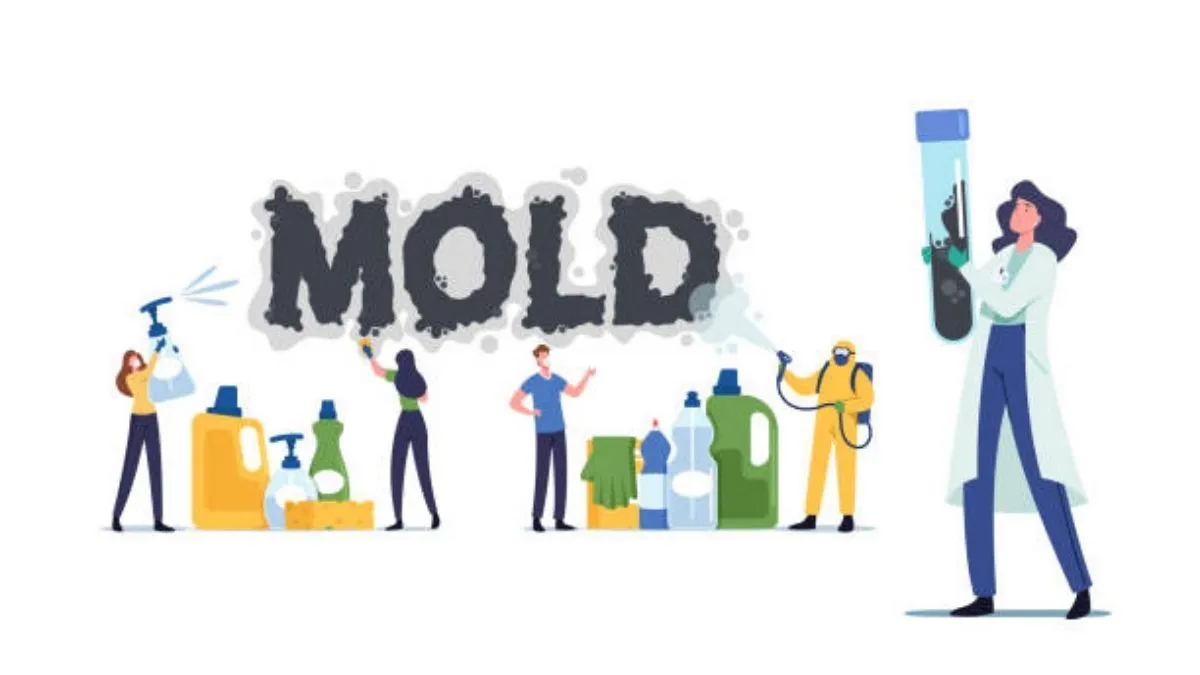GENERAL
How Mold Affects Everyday Life and Simple Steps to Control It

Key Takeaways:
- Mold is a common household issue that can impact health and property.
- Controlling moisture is essential to prevent mold growth.
- Regular maintenance and proper ventilation can significantly reduce the risk of mold.
Table of Contents
Understanding Mold and Its Impact
Mold, a pervasive type of fungus, thrives in moist, dark, and often hidden corners of our everyday environments—particularly indoors where the right conditions are unwittingly provided. While this fungus serves a natural role outdoors by decomposing leaves, wood, and other organic debris, its appearance inside our homes marks the beginning of several potential problems. As soon as microscopic mold spores land on persistently damp surfaces—whether due to water leaks, condensation on cold surfaces, or prolonged humidity—they can form colonies rapidly, often out of sight.
These unsightly patches of mold can quickly spread, discoloring walls, ceilings, furniture, carpeting, and even invading personal belongings. When left untreated, this growth not only jeopardizes the aesthetics of your home but also its structural integrity and safety. People frequently seek information and support for mold exposure treatment after noticing troubling symptoms or visible mold patches growing in their living spaces.
The health effects of mold indoors are widely recognized and researched. Once inhaled, mold spores can immediately irritate the respiratory system, presenting a higher risk for those with allergies, pre-existing asthma, or immune deficiencies. However, the scope of mold’s health impact extends to individuals who are generally healthy as well. According to the U.S. Centers for Disease Control and Prevention, even otherwise healthy individuals can develop respiratory discomfort and other allergic symptoms after extended exposure to indoor mold. Beyond health risks, mold degrades home value and causes expensive damage as it can slowly deteriorate surfaces such as drywall, wood framing, flooring, and even upholstery.
The result can be widespread property damage that is costly and complicated to repair, emphasizing the importance of early intervention. To successfully manage mold, both awareness of its health risks and knowledge of the environments in which it flourishes are required. Once you identify and rectify excess moisture—whether from a leaking roof, a dripping pipe, or weaknesses in home ventilation—you can halt the spread of mold before it becomes a significant issue. Early action ensures that both health complications and property damage remain minimal.
Common Household Areas Prone to Mold
Mold thrives in areas with excess moisture, making certain areas more susceptible. Bathrooms, kitchens, basements, and attics are common areas for mold growth due to their frequent use and inadequate ventilation. Bathrooms can trap moisture and steam, while kitchens are prone to hidden mold patches. Basements, due to their humid climate and limited sunlight, are particularly susceptible to mold growth. Attics, where improper ventilation or insulation can trap humid air, can also be prone to mold growth. Regular inspections of these high-risk zones can help identify and correct problems early, preventing mold from establishing itself. Proactive detection and intervention are crucial for protecting both homes and families. Regular inspections can help prevent mold from spreading and ensure a healthy environment.
Health Risks Associated with Mold Exposure
Being exposed to mold spores and their mycotoxins indoors can trigger a broad spectrum of symptoms. Mild reactions may start with a runny nose, sneezing, itchy eyes, or a mild cough, progressing to more severe effects such as wheezing, difficulty breathing, ongoing sinus issues, or exacerbated asthma. Those who are particularly vulnerable—children, elderly adults, and anyone with diminished immune function—face even greater risks and may suffer more extreme allergic or respiratory symptoms.
Some research suggests a link between chronic indoor dampness and frequent exposure to mold, as well as the potential development or aggravation of respiratory infections and long-term lung health issues. These risks underscore the importance of early detection, regular cleaning, and ongoing property maintenance in maintaining a healthy living environment for all inhabitants.
Simple Steps to Prevent Mold Growth
Prevention is the most effective and affordable solution to mold in your home. To prevent mold growth, minimize moisture sources, and perform simple maintenance tasks. Control indoor humidity by using a hygrometer. In humid climates, utilize dehumidifiers and air conditioners. Ensure proper ventilation by using exhaust fans and inspecting vents in attics, basements, and crawlspaces. Address leaks promptly to break the moisture cycle that mold requires. Dry wet areas within 24-48 hours after a water event or flood.
Opt for mold-resistant materials in renovations or repairs, especially in areas prone to moisture, such as bathrooms or basements. Develop good habits, such as emptying appliance drip trays, checking beneath major appliances, and directing water away from foundations, to minimize the risk of concealed mold growth. Early maintenance protects your home’s condition and your family’s well-being.
Cleaning Mold Safely
When you see a small mold spot, you can often clean it yourself using household cleaners. Wear gloves, goggles, and a mask to prevent spores from being inhaled or coming into contact with your skin. Scrub non-porous surfaces with soap and water, then dry thoroughly, as moisture encourages mold growth. Avoid using bleach unless recommended by health authorities, as it is ineffective in removing mold from porous materials like drywall or wood and can be hazardous due to the fumes it produces. For large patches over ten square feet, recurrent mold, or suspected hidden problems after water or sewage damage, hire a certified mold remediation professional to ensure proper removal and drying.
When to Seek Professional Help
Certain situations call for the expertise of trained mold removal specialists. If you discover an infestation larger than ten square feet, sense a persistent musty odor without visible mold, or have a contaminated water event such as a sewage backup, call a professional. Additionally, persistent allergy or asthma symptoms in your family may indicate a hidden mold problem needing serious investigation. The U.S. Environmental Protection Agency (EPA) recommends consulting professionals for extensive or hard-to-find mold issues, particularly when sensitive individuals live in the home or when the source of contamination is uncertain.
Conclusion
Mold is a routine yet manageable hazard in many households, but with the right knowledge and regular attention, you can significantly reduce risks. Understanding key warning signs and factors that allow mold to thrive, prioritizing ventilation and fast repairs, and taking prompt corrective action after leaks or water incidents, together form a reliable mold-prevention strategy. With vigilance and wise maintenance, you’ll establish a safe, comfortable, and healthy living environment for years to come.
-

 GENERAL5 months ago
GENERAL5 months agoChristofle – For Those Who Dream of Family Heirloom Silver
-

 SPORTS7 months ago
SPORTS7 months agoDiscover the World of Football with Streameast: Watch Your Favorite Leagues and Tournaments
-

 GENERAL4 months ago
GENERAL4 months agoUncovering the World of кинокрадко: The Dark Side of Film Piracy
-

 GENERAL2 months ago
GENERAL2 months agoATFBooru: Anime, Gaming, and Subculture Imageboard























